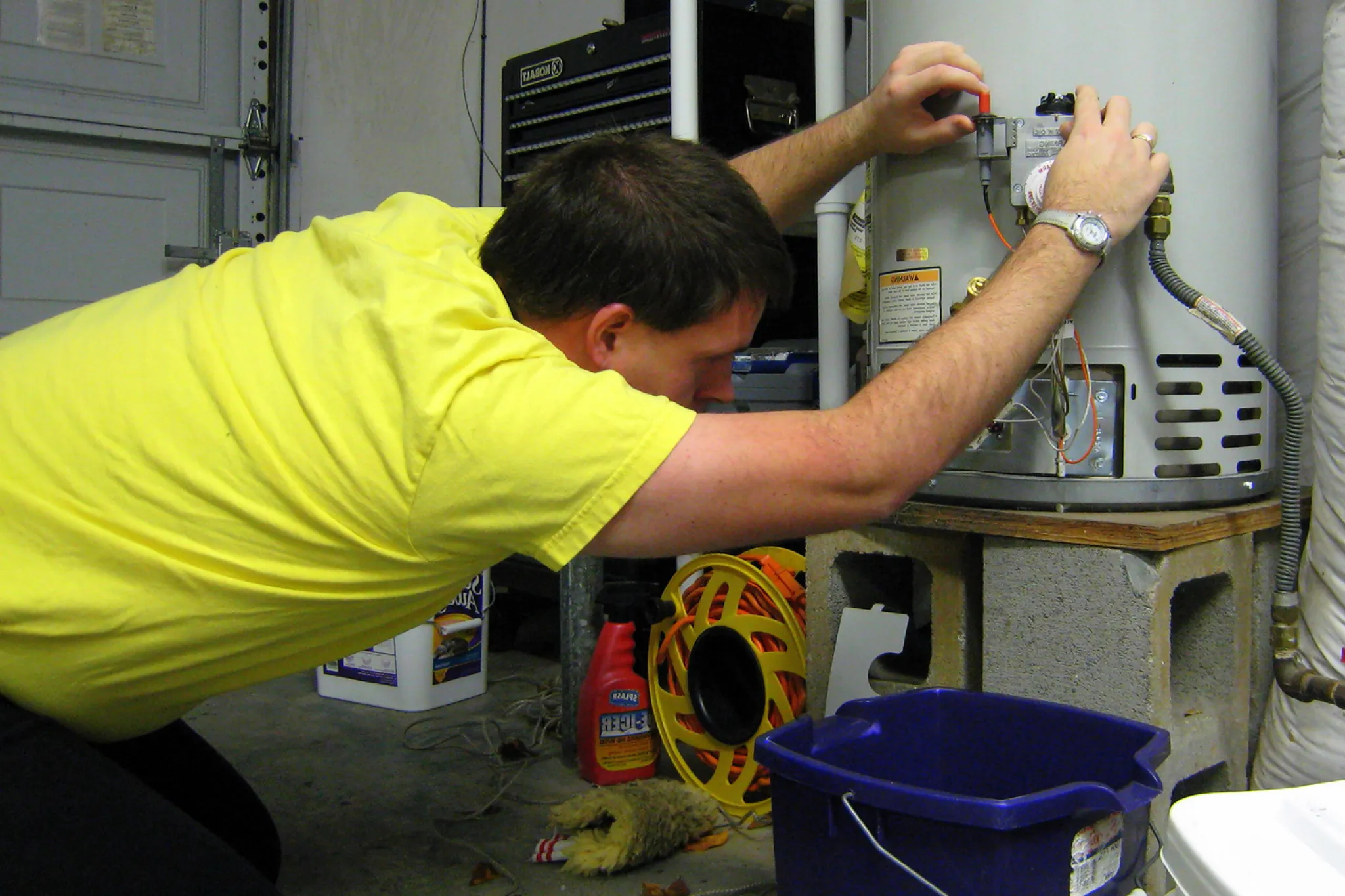Here down the page yow will discover a lot of wonderful insights all about Tips For Maintaining Your Hot Water Heater.

Hot water is essential for day-to-day comfort, whether it's for a rejuvenating shower or washing dishes. To guarantee your hot water system runs efficiently and lasts much longer, regular maintenance is key. This post gives useful ideas and understandings on just how to preserve your home's warm water system to stay clear of disturbances and expensive repair services.
Introduction
Maintaining your home's hot water system could appear complicated, yet with a couple of simple actions, you can ensure it operates efficiently for many years to come. This overview covers everything from recognizing your hot water system to DIY upkeep pointers and understanding when to hire professional help.
Significance of Maintaining Your Warm Water System
Routine maintenance not just extends the lifespan of your warm water system yet likewise ensures it runs efficiently. Neglecting maintenance can lead to lowered effectiveness, higher energy costs, and even premature failure of the system.
Signs Your Hot Water System Needs Maintenance
Knowing when your warm water system requires focus can protect against major concerns. Keep an eye out for indications such as inconsistent water temperature level, strange sounds from the heater, or rustic water.
Recognizing Your Hot Water System
Prior to diving right into upkeep jobs, it's helpful to understand the basic elements of your hot water system. Commonly, this consists of the hot water heater itself, pipes, anode poles, and temperature controls.
Monthly Maintenance Tasks
Regular month-to-month checks can assist catch minor concerns prior to they escalate.
Flushing the Hot Water Heater
Purging your water heater eliminates sediment buildup, boosting performance and prolonging its life.
Monitoring and Replacing Anode Rods
Anode rods prevent rust inside the tank. Examining and changing them when worn is important.
Inspecting and Readjusting Temperature Level Settings
Readjusting the temperature level settings guarantees optimum efficiency and safety.
DIY Tips for Upkeep
You can carry out several upkeep tasks on your own to keep your warm water system in top condition.
Checking for Leakages
Routinely evaluate pipelines and connections for leakages, as these can lead to water damages and higher expenses.
Testing Pressure Alleviation Valves
Testing the stress relief valve guarantees it works properly and prevents extreme stress buildup.
Insulating Pipes
Protecting hot water pipes decreases warm loss and can conserve energy.
When to Call a Specialist
While do it yourself maintenance is valuable, some issues require professional expertise.
Complex Problems Needing Professional Aid
Instances consist of major leakages, electric troubles, or if your hot water heater is continually underperforming.
Regular Expert Upkeep Benefits
Specialist upkeep can include comprehensive inspections, tune-ups, and making certain compliance with security criteria.
Final thought
Normal upkeep of your home's hot water system is important for effectiveness, durability, and price savings. By complying with these ideas and understanding when to seek expert help, you can ensure a reputable supply of warm water without unanticipated disruptions.
Water Heater Maintenance Tips
Test the TPR Valve
Shut off the power and the cold-water supply valve. Place a bucket under the pipe connected to the temperature-pressure-release (TPR) valve on the top or side of the tank. (This valve opens if the tank pressure gets too high.) Lift the valve’s tab to let some water out, then let go. If water keeps flowing, drain the tank partway, unscrew the old valve with a pipe wrench, and install a new one. Check the Anode Rod
Put a hose to the tank’s drain cock and let out a few gallons of water. Now fit a 1 1/16-inch socket onto the rod’s hex head on top of the heater (or under its top plate) and unscrew the rod. If it’s less than ½ inch thick or coated with calcium, buy a new one, wrap its threads with Teflon tape, put it back in the tank, and tighten securely. Use this segmented rod if headroom above the tank is limited. Drain the Tank and Wash Out Sediment
Drain the remaining water in the tank into the bucket, then stir up the sediment on the tank’s bottom by briefly opening the cold-water supply valve. Drain and repeat until clean water comes out of the hose. Close the drain cock, refill the tank, and turn its power back on. Adjust the Temperature
Find the temperature dial on the side of the tank and unscrew its cover. Adjust the dial to 120 degrees using a flathead screwdriver. For every 10 degrees the temperature is lowered, you can expect to save up to 5 percent in energy costs. Turn the water heater off or the thermostat down to its lowest setting if you plan to be away from home for more than three days. Insulate the Pipes
Buy some self-sticking 3/8-inch-thick foam pipe insulation that matches the pipes’ diameter. Slide the foam over the hot-and cold-water pipes as far as you can reach. Insulating the cold-water pipe prevents condensation in summer. Peel the tape and squeeze the insulation closed. If the pipe is 6 inches or less from the flue, cover it with 1-inch-thick unfaced fiberglass pipe wrap. https://www.thisoldhouse.com/plumbing/21016402/how-to-maintain-a-water-heater

As a passionate reader on Tips on Maintaining a Water Heater, I thought sharing that piece of writing was worth the trouble. Are you aware of another person who is fascinated by the subject? Feel free to promote it. We enjoy reading our article about Water Heater Maintenance Tips You Can't Afford to Forget.
Book Your Installation